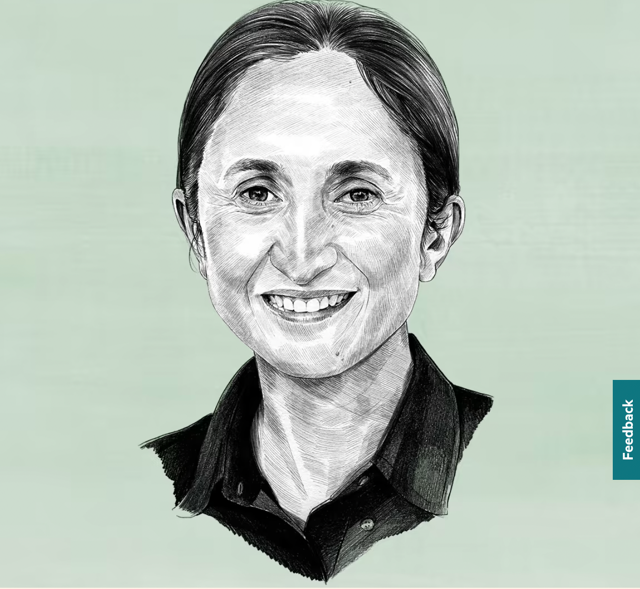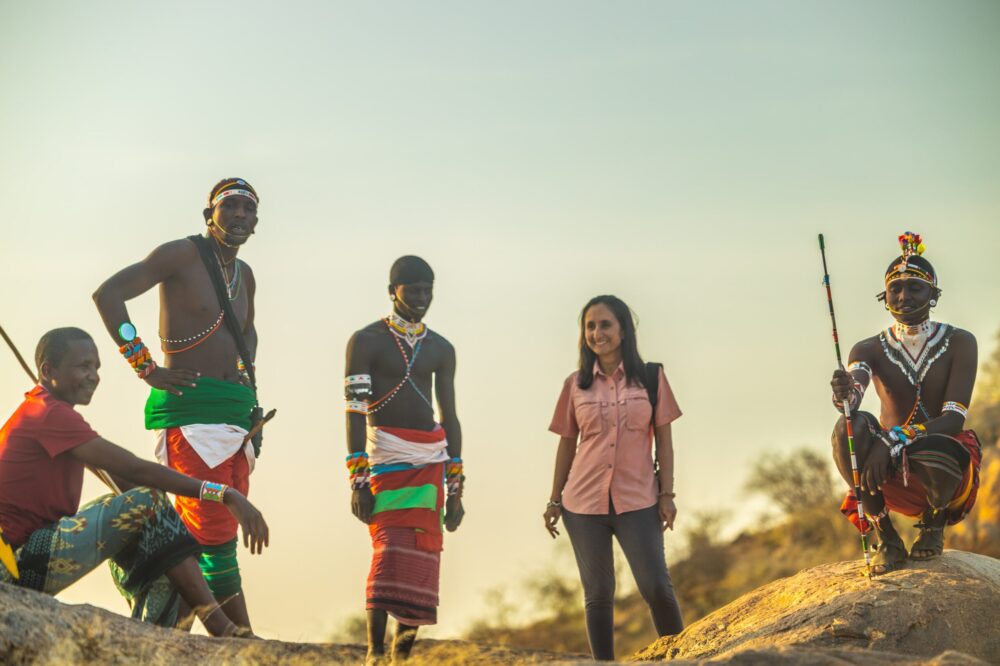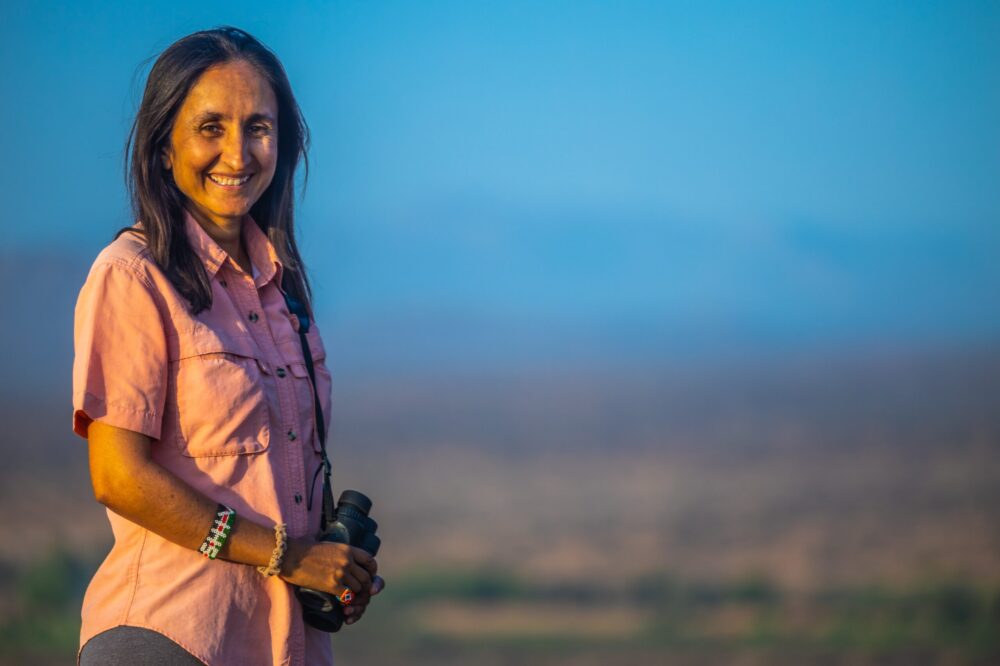Editor’s note: Shivani Bhalla is one of National Geographic’s 2014 emerging explorers, a designation that honors tomorrow’s visionaries—those making discoveries, making a difference, and inspiring people to care about the planet.
The lion cubs are hungry, their mother even more so. With virtually no natural prey—gazelles, buffalo, or other grazing animals—left in her dwindling Kenyan habitat, the lioness approaches a herder’s homestead in search of livestock.
She’s successful, so tonight her family will eat. But will the herder retaliate with a gun, spear, or poison the next time she encroaches?
It’s a conflict that plays out every day on the African savanna, one that conservation biologist Shivani Bhalla says may help wipe out lions in Kenya. (Videos: “The Serengeti: Life on the Plains With the Vumbi Pride.”)
As habitat loss drives more lions into areas inhabited by people, provoking revenge killings and driving the animals to the brink of extinction, Bhalla says the cats’ survival depends on finding a way for them to peacefully coexist with humans.
Over the past 20 years, the number of lions in Kenya has dwindled to fewer than 2,000. If the trend continues, the animals could vanish from the nation within two decades. Their plight reflects that of lions in broader Africa, where they have disappeared from more than 80 percent of their historical range, declining from an estimated 450,000 animals in the 1940s to only about 20,000 today. (Related: “Africa’s Lions May Be Deemed Threatened in U.S.—Will It Help?“)
In an attempt to turn the trend around, Bhalla started an organization with a novel mission: turning local people from lion killers into lion conservationists. Ewaso Lions, founded in 2007, takes its name from a river that begins on the the slopes of Mount Kenya. (See “Q&A: Explorer Shivani Bhalla Helps People and Lions Coexist.”)
Among the primary targets of the group’s work are young warriors of the Samburu people, who patrol huge distances each day to ensure the security of villages and livestock—and who are responsible for many lion killings. (See “Samburu Warrior Graduation.”)
“Although these warriors live in the bush and have vast information about wildlife activity, no one had ever asked them to be part of conservation efforts,” says Bhalla, a fourth-generation Kenyan.
For her, taking the conservation movement out of parks and other protected areas and into local communities is key to the lions’ survival. “Conventional wisdom says there is no hope for lions outside protected areas,” she says. “I’ve seen exactly the opposite.”
Bhalla’s conservation career began in Samburu National Reserve in northern Kenya, a relatively small area where the wildlife also includes leopards, cheetahs, zebras, giraffes, and elephants. (Read “Family Ties: The Elephants of Samburu” in National Geographic magazine.)
“After six months I realized that most problems with lions don’t happen in protected areas,” she says. “So I packed up and moved to an area surrounding the reserve, where people and carnivores share the landscape.”
Today, Bhalla lives and works in the Ewaso Ngiro ecosystem, which links the lions of northern Kenya with one of the last stronghold populations in the south. It’s one of the few areas in Kenya where lions persist outside protected areas.
Her organization’s homegrown staff has dramatically changed local attitudes, and the lion population she monitors has grown to 40 animals—the largest it’s been in more than a decade.
Much of that success stems from the first program that Ewaso Lions created, which involves the participation of the Samburu people who give the local reserve its name. Called Warrior Watch, the program taps the locals’ existing knowledge about lions while training them to be field scientists.
“These dedicated conservationists collect data on wildlife sightings, poaching, and conflict, tell communities why lions are important, and show them how to better protect livestock,” Bhalla says. “I provide guidance, but nothing is more powerful than a warrior speaking directly to another warrior about why lions should be saved.”
When she first came to the area, the Samburu complained about livestock losses and were constantly threatening retaliation. So Ewaso Lions shared with them creative tactics for reducing conflict and improving livestock protection. Its outreach programs raised awareness of the important role top predators like lions play in the larger ecosystem.
“Now, despite losing some of the camels, goats, and cows they depend on, these amazing people understand the long-term significance of leaving lions alone,” Bhalla says.
One lioness that survived alone for years recently disappeared from the area where Bhalla’s group works, only to return with cubs that she was raising on her own. Locals named the lioness Magilani, which means “the clever one.”
When the lioness disappeared again and returned wounded, people came from everywhere, volunteering to help. “Elders even arrived offering their most precious resource—a cow—to keep this lion alive,” Bhalla says.
Ewaso Lions has gained local trust and cooperation by giving back to communities, opening schools and a beadworking operation that attracts tourists.
And in return for their work, the organization teaches the Samburu to read and write, offering classes every Sunday for the past five years. Now virtually all the participants are literate.
The chance of an education led local women to say that they too wanted to join the lion conservation effort. So Bhalla’s group started a program called Mama Simba (“mothers of lions”) that offers literacy classes to women.
“We started school classes, and they’ve picked up reading and writing so fast it’s unbelievable,” Bhalla says. “They return to homes with no electricity and practice lessons every night by firelight.”
In return for the classes, the women agree to be trained to deal with lions.
Samburu women encounter wildlife as they fetch water, collect firewood, and tend livestock. Male herders are often away, especially during the dry season, and when lions and other carnivores attack livestock, it’s often women who decide how to respond.
One solution is to prevent such attacks in the first place. One Ewaso Lions program trains women to reinforce weak areas in their traditional thornbush livestock enclosures, making it harder for predators to break in and for livestock to stray out.
The project’s radio-collaring study tracks lions’ movements, relaying information about when the cats venture out of one stretch of habitat and where they go, letting Ewaso Lions participants know where to focus their efforts.
Another Ewaso program enlists women to pick up litter, which endangers curious lions and other wildlife and livestock that can ingest plastic bags from local stores.
During the program’s first five-day cleanup, more than 200 women in four locations collected and sorted over 15,000 pieces of trash. Paper and plastic were sent to Nairobi for recycling, and the women received reusable canvas shopping bags.
But Bhalla believes that the most important population in the effort to secure the lions’ survival is children. “They are Kenya’s next generation of tour guides and wildlife conservationists,” she says. “Without kids, conservation has no future.”
Ironically, the area where her group works, which lures safari tourists from around the world, is unknown to most of the people who live nearby. So Bhalla created a camp program that takes local kids into the Samburu National Reserve.
“Most never rode in a car before,” she says. “They kept asking why the trees and rocks were moving. I called all the park rangers, guides, and wardens and said, ‘I’m arriving with the most important visitors you’ll ever have—Samburu kids who’ve never seen a lion.’
“We showed them five the first day, and the look on their faces was complete joy,” she says. “By the time they left, they were transformed, and this year twice as many will attend.”
There are still occasional lion killings in the area, but the change she has seen among the Samburu keeps Bhalla going.
“Just when the challenges seem most overwhelming, I’ll see a cub in an area shared by lions and people,” she says. “I watch it grow and survive—and know something must be working.”
Join Shivani Bhalla and other National Geographic big cat experts for a live Google Hangout video chat on Wednesday, December 3, at 1 p.m. EST (6 p.m. UTC).




